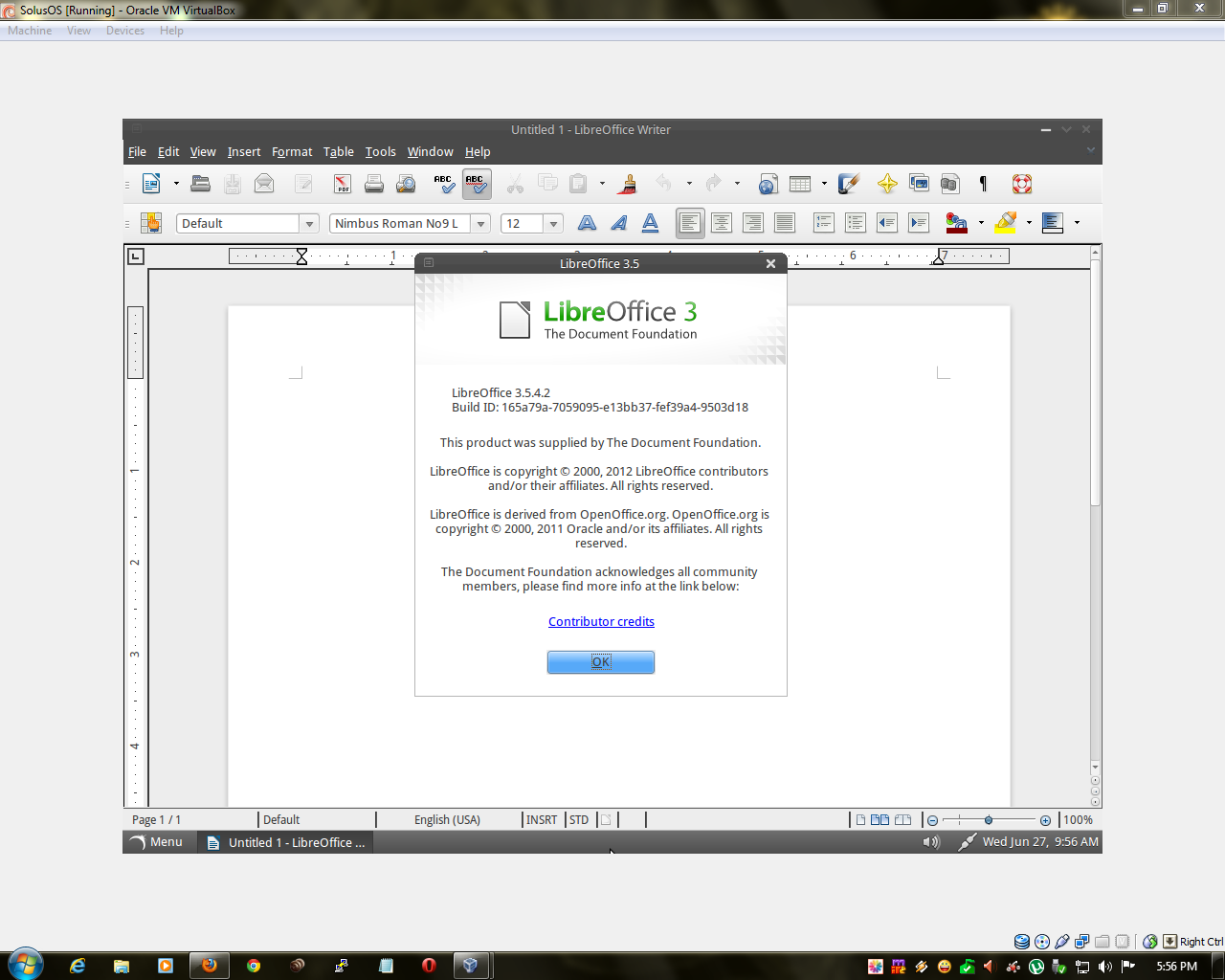
But by default, the screen resolution appears very small upon installing the guest operating system, as demonstrated in the image below.Īnd using the guest OS on such a small resolution is an uncomfortable job. One of the key features of VirtualBox is that it supports multiple screen resolutions. Is it resource-intensive? No, it has built-in software virtualization technology that makes it less dependent upon host hardware. VirtualBox can host many operating systems at a time. I’m a bit pleased that they did, too – I consider myself a newbie when it comes to Linux, and I don’t feel abandoned with a group full of elites.Īs you said, though, they are in constant change – sending them your feedback could influence the more advanced users’ experience with them for the better.VirtualBox is an open-source, multi-platform application developed by Oracle, primarily used as a virtualization tool for x86 hardware. This, then, means that the OS was aimed at catering to the inability of new users at the cost of familiarity to advanced users – that is, they wish to focus more on getting the experience for their new users correct and may have left more capable people stranded. Advanced users, once again, can resort to the terminal for finer control. The GUI for it is just alright – yes, it is basic, but that’s all basic users need.

While I agree with you in that terminal is the way to go with updates, a GUI is still helpful for new users. Offering it directly, in the installer itself, to an entry-level user would be overwhelming for them.

I can see how having /home on a different partition would be handy, but those that need one could symlink/batch copy to their destination. A third partition would have to be created by an advanced user, which is alright, considering that again, most basic users would not need /home on another partition. Do the new dailies really only support ext4? GParted allows you to create other filesystems, and a release back from…September, if I remember right, would work with a number of filesystems…True, there is only the option for root and/or swap. Perhaps it does lag behind the power of Calamares and Anaconda, but to the starting end user they won’t tell the difference. Installers, as long as they do their job and they do it well, don’t matter to some end users.


 0 kommentar(er)
0 kommentar(er)
